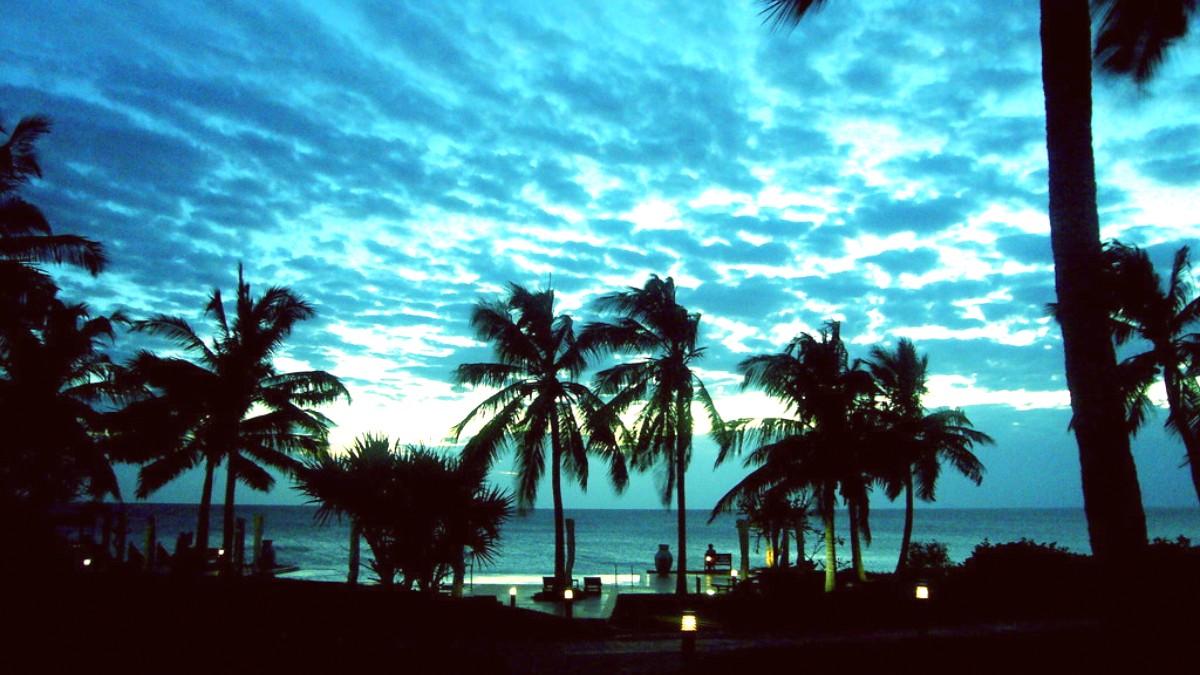
Mozambique
The Bazaruto Archipelago National Park forms a protected marine area. It encompasses the islands and surrounding waters, dedicated to conservation of marine and terrestrial ecosystems. Every activity, from diving to beach walks, occurs within this protected space.
Major museums or large-scale cultural institutions are absent. The destination's focus remains on its natural environment. Limited local craft shops exist in Vilanculos, representing local artistry.
The remote nature and high-end focus on visitor numbers stay controlled.
This entire area forms a protected marine park. Established in 1971, it encompasses the islands and surrounding waters, safeguarding coral reefs, seagrass beds, and diverse wildlife.
Massive, sculpted sand dunes deliver unparalleled scenic viewpoints, panoramic vistas of the Indian Ocean and the chain of islands.
Scattered across Bazaruto Island’s interior are several freshwater lakes. These offer an unique natural wonder, providing habitat for various bird species and crocodiles (swimming is not permitted).
Numerous stunning white-sand beaches stretch along the coastlines of all major islands. These beaches deliver quiet beauty for relaxation, sunbathing, and long walks.
The park is home to a diverse array of marine creatures: dugongs, dolphins, humpback whales (Aug-Oct), manta rays, and various shark species. Sea turtles also inhabit the waters, with nesting occurring Nov-Mar.
Beyond the well-known attractions, the Bazaruto Archipelago holds quieter, less frequented spots presenting unique charm.
At low tide, various small, unnamed sandbanks emerge from the ocean. Your boat captain can transport you to these ephemeral islands, a perfect spot for private picnics, sunbathing, or absolute solitude.
The islands feature remote coves accessible only by boat, presenting quiet beaches away from any potential crowds.
With respectful, guided visits, explore some local fishing villages on Benguerra Island. This delivers a glimpse into the traditional way of life of the islanders, a genuine cultural interaction.
Specific fishing spots known only to local guides or areas preferred by local fishermen deliver unique experiences away from the main tourist circuits. These call for a knowledgeable local connection.
Exploring the more remote parts of the marine park—like the southern end of Bazaruto Island or the outer, less-frequented reefs—delivers untouched beauty and a connection to nature. These areas present a sense of true discovery.
Attraction ticket booking site GetYourGuide assists in planning your excursions.
Minimal light pollution. The night sky over the Bazaruto Archipelago delivers incredible opportunities for star-gazing and astrophotography.
The patterns and textures of the Bazaruto sand dunes, especially in early morning or late afternoon light, create dramatic and unique photographic subjects.
The clear waters and abundant marine life make for exceptional underwater photography opportunities.
Capture the unique beauty of the archipelago with these insights.
The Bazaruto Archipelago National Park forms a protected marine area. It encompasses the islands and surrounding waters. The park dedicates itself to conservation of marine and terrestrial ecosystems, safeguarding coral reefs, seagrass beds, and diverse wildlife.
Every activity, from diving to beach walks, occurs within this protected space. Rules exist to preserve delicate ecosystems; unauthorized camping or harming the environment is not permitted.
The park is home to a diverse array of marine creatures. This area is one of the last strongholds for dugongs.
On the islands, terrestrial wildlife is limited to small antelope (like red duiker), various bird species, and reptiles.
The archipelago features numerous stunning white-sand beaches, presenting tranquil spots for relaxation, swimming, and picnics.
The most prominent geological features are the towering sand dunes on Bazaruto Island.
Booking attractions and activities in advance, especially during peak season, is prudent.
Use platforms like GetYourGuide for attraction tickets and tours. Book ahead for convenience.
Tour operators may tailor trips to less-frequented areas of the marine park. Inquire about custom itineraries.
Transfers between islands and from Vilanculos are typically boat-based, arranged through your lodge or tour operator.
Explore the underwater world with guided snorkeling and world-class scuba diving trips. Sites like Two Mile Reef are rich in marine life.
Find marine toursVisit different islands, including Bazaruto and Benguerra, and historical Santa Carolina, often by traditional dhow or speedboat.
Book island toursClimb the towering sand dunes of Bazaruto Island for breathtaking panoramic views of the archipelago.
Dune adventuresLook for dugongs, dolphins, sea turtles, and seasonal humpback whales in their natural marine habitat.
Wildlife excursionsEngage with local fishing villages (with guided visits) for a glimpse into island life and culture.
Cultural visitsThe clear, warm waters offer endless opportunities for enjoyment and discovery.
Beyond marine activities, the islands present opportunities for terrestrial exploration.
Always respect local customs and environmental guidelines when exploring the archipelago.
Your actions contribute to responsible tourism and the preservation of this unique destination.
For a comprehensive experience, consider booking tours and activities through reputable sources like GetYourGuide.
Guided tours enhance your visit with expert knowledge and access to prime locations.
Many tour operators offer flexibility, catering to specific interests or group sizes.
The Bazaruto Archipelago is a world-class diving destination.
Expect to see reef sharks, manta rays, turtles, and diverse fish species.
The archipelago is a renowned destination for big game fishing.
Catch-and-release is encouraged for billfish to support conservation efforts.
The Bazaruto Archipelago presents good conditions for these wind-based water sports.
These sports deliver an exhilarating way to experience the archipelago's waters.
Terrestrial wildlife on the islands is limited to smaller antelope (like red duiker), various bird species, and reptiles.
There are no large land mammals for traditional safaris on the islands. The focus remains on marine wildlife.
Conservation efforts prioritize the delicate marine and island ecosystems, dictating the type of wildlife viewing available.